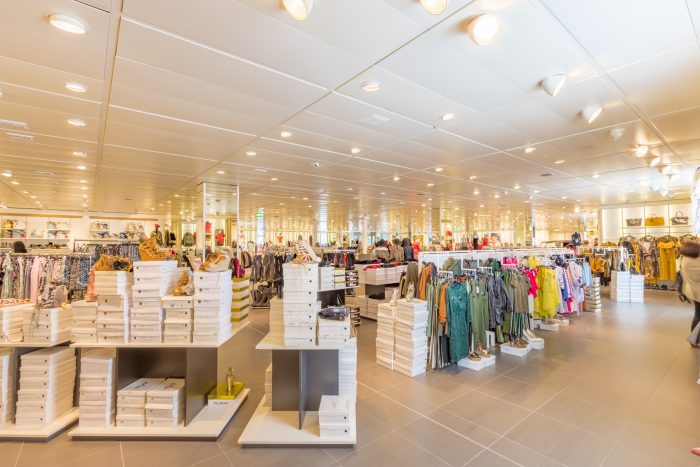The retail sector has always been a highly competitive space for obvious reasons. However, the competition has grown to stratospheric levels ever since e-commerce arrived. This was fine too, with the retail sector finding different ways to cope with such market conditions. Then the coronavirus pandemic struck, leaving this industry in the lurch. Of course, retailers are trying to cope with this challenge as well and these efforts have led to an increased focus on one aspect of the business in particular: the retail customer experience. This is because the shopping experience, no matter through which channel or across which medium it is delivered, remains a critical tool to drum up business.

Here are some ways you can improve your customers’ retail experience as well.
- Product training for employees: One of the basic tenets of customer service is that you can’t do it well unless you understand the product in question, i.e. the support offered by the staff can only be as good as their knowledge of the product. This, in turn, puts the spotlight squarely on product training. Hence, it is critically important to ensure that the retail staff receives ample training about the products and services they are tending to as well as possible customer queries they are likely to encounter.
- Chatbots for customer support: Yet another tool that has played a crucial role in the digital transformation in the retail sector is an artificial intelligence-driven chatbot. This is because the new-age customer now spends a significant amount of their time on their phone every single day, thus making these devices ideal to affect customers-related strategies. Chatbots, then, help retailers enable quick resolution of customer queries and requests. They are also able to provide round-the-clock interaction and basic services to customers, thus fostering improved customer support experiences.
- Invest in cross-channel communication: Thanks to the evolution of technology and whatnot, an average person uses as many as nine distinct touchpoints to engage and interact with any given brand. It must also be noted that most of the shoppers’ time spent is away from a brand’s owned platforms, i.e. on messaging apps and social media. Some refer to this phenomenon as shopping at the edge. Anyway, what the above discussion shows is that despite the increased access to devices and channels, customers don’t appear to be spending as much time with brands as they ideally should. This problem, then, is easily addressed via expansion of communications across channels and more regularly than before.
The retail sector may have temporarily taken a hit on account of the coronavirus pandemic; however, as governments and authorities across the globe relax lockdowns and regulations, the sector appears to be coming back to life again. Unfortunately, it is not just this challenge that the sector must contend with — there’s the growing threat posed by e-commerce, the continually evolving demands and requirements of customers, and so much more. Now, to not only keep up with all these changes but also thrive despite the challenges they pose, a steady digital transformation in the retail sector is the only way forward. Armed with a variety of technology-driven tools and countless such solutions, the retail sector will be able to achieve and deliver just the kind of high-quality customer experiences it aims at.



